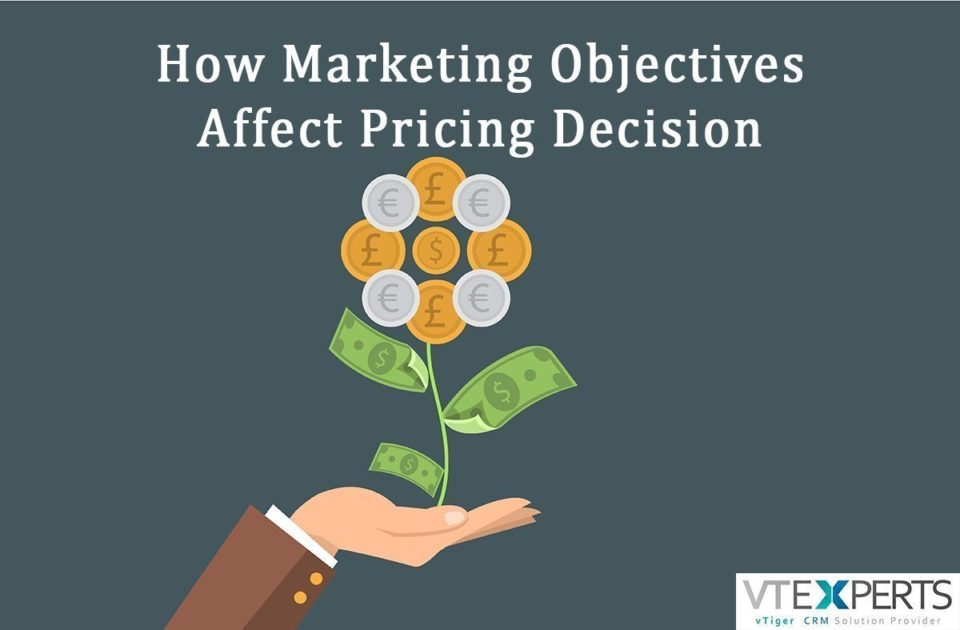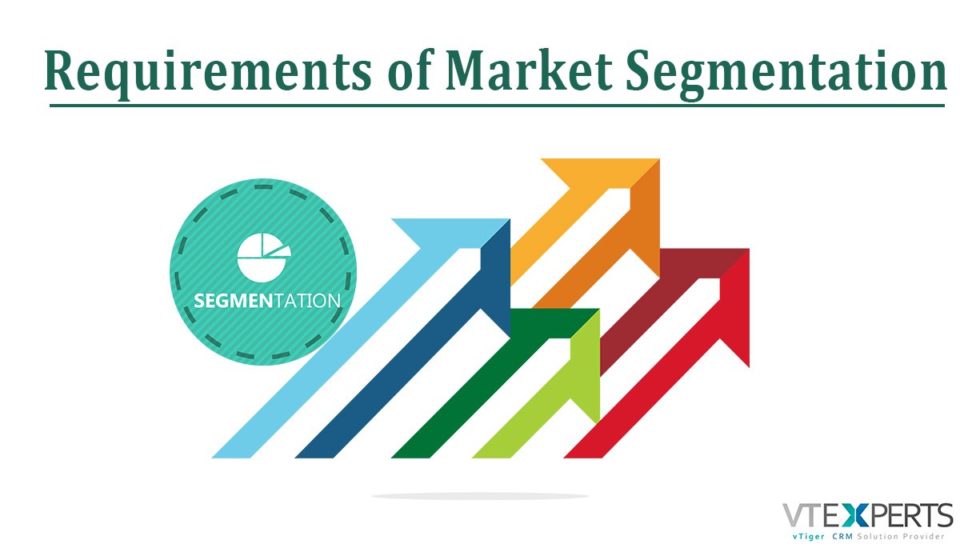business
Marketing Objectives Affect Pricing Decisions
February 15, 2017
Article
Marketing objectives are internal factors that affect pricing decision. Before setting price, the firm must decide on its price strategy for their goods. If the company has already selected its target market and positioning attentively, then its marketing mix strategy, with price, will be comparatively straightforward. For example, when Toyota developed its Lexus brand to compete with European luxurious cars in the higher-income segment, and it required charging a high price. Thus, pricing strategy is mainly determined by decisions on market positioning. Meanwhile, the company may search further general or specific objectives. General objectives include survival, market share leadership, current profit maximization, and product quality leadership. At a more specific level, a company can set prices low to avoid competition from entering the market or set prices at their competitors’ level to stabilize the market. It can set prices to keep the support and faithfulness of resellers or to stay
Significance Of Brand Equity
January 20, 2017
Article
“The commercial value that derives from consumer perception of the brand name of a particular product or service, rather than from the product or service itself.” Actually it is the value of a brand. Brands are just the names and symbols. Brands symbolize consumers’ perceptions and feelings regarding any product and its performance – everything that the good or service means to consumers. According to the analysis, brands exist in the minds of customers. Thus, the actual value of a strong brand is its power to capture customer preference and loyalty. A strong brand has high brand equity because it effects customers’ reliability and reactions toward the particular product or service. Evaluation of a brand’s equity is the extent to which consumers are willing to pay more for their favorite brands. A study found that 72% of buyers would pay a 20% premium for their desired brand than the closest
Competitive Advantages For Product Positioning
January 6, 2017
Article
Competitive advantage is a profit over competitors gained by offering customers great value, either through lower cost or by providing more benefits that justify their higher prices. To build beneficial relationship with target customers, marketers must understand the customers’ needs better than their competitors do and deliver more value to them. Furthermore, a company can position itself as providing superior value to its customers, it gains competitive advantage. But strong positions cannot be built on empty promises. If any company places its product as offering the best services and quality, it must then provide the promised quality and services to their customers. Thus, in fact, positioning initiates with differentiating the marketing plan of a company offer so that it will provide superior values to the consumers Marketers should think through customers’ entire experience with the company’s good and services if they want to know about differentiation. A smart company always
Requirements For Market Segmentation
December 13, 2016
Article
Market consists of buyers, and the buyers are different to each other in one or more ways. They may vary in their needs, locations, resources, buying practices and buying attitude. Market segmentation is to divide a market into smaller groups of buyers according to their different needs, behaviors or characteristics. Through market segmentation, companies divide large and heterogeneous markets into small segments. With these smaller segmentations, products and services can be reached more efficiently and effectively to the target market. There are many ways to segment the market but all ways are not effective. For example, consumers of table salt could be divided into blonde and dark hair customers. But, hair color does not influence the purchase of table salt. Effective market segments must have some requirements to make the segmentation more efficient. These are: Measurable Segments should be easily measurable after targeting. The size, profiles and purchasing power of
Role of Data Analysis In Marketing Research
October 15, 2016
Article
The biggest effect of digital transformation is the fact that any information can be collected and used anytime. Knowledge has become the most important currency for marketing in this digital age. Data analysis is the important part of it. Mostly marketers are aware that the prearranged collection, analysis and interpretation of data is important to the successful customer discussion. With these external data collections, real consumer behavior can be read and internal parameters, making the overall business objectives operationally feasible. After that the automation of the processes, the predictability of behavior and as a result leads to high-performance marketing is possible. The most important thing is to understand that how differently advertisement works in a programmatic vs. traditional ad world. Different companies use different advertisement strategies to compete in the market and grab huge market share. Large companies attach their product lines by building database that contains user ID. Every





